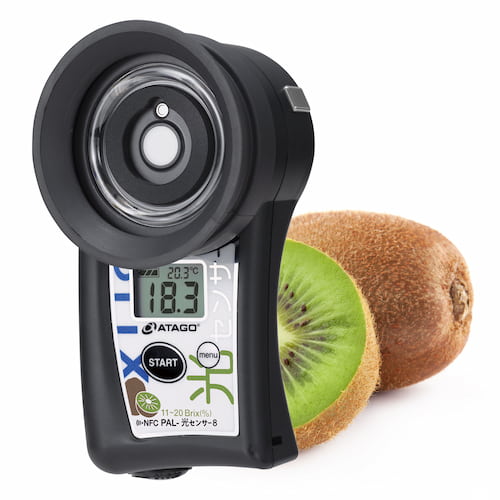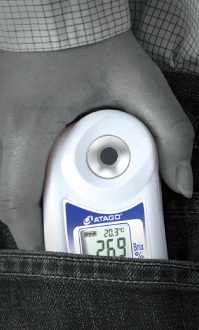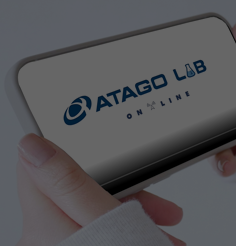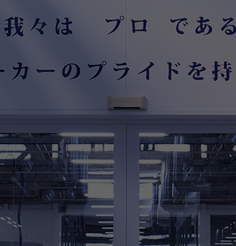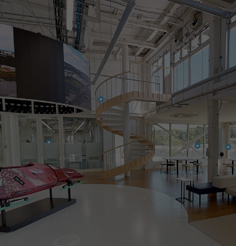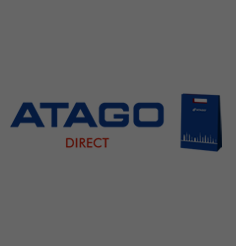
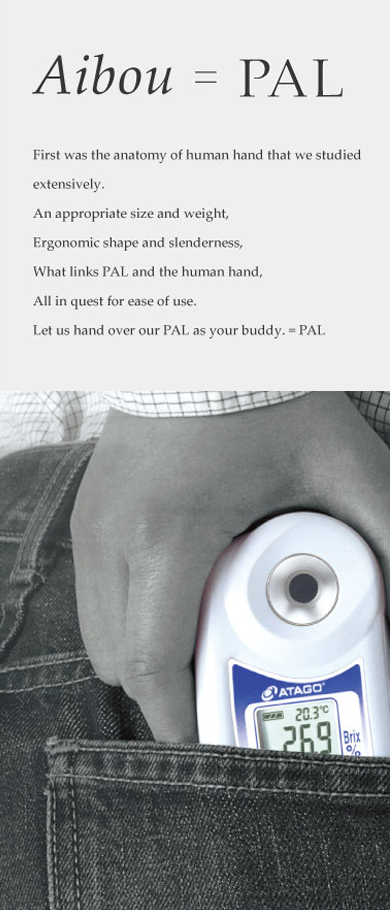
01
Pursuant to Ergonomics
Based on the study of ergonomics, we relentlessly pursued “usability” and “simplicity”. We successfully developed a well-shaped refractometer by evolving the “elongated” optical system that was unbalanced and hard to put samples. While committed in offering “comfortable grip”, we evolved the design to what the PAL is now in which “user friendliness” has been recognized by various awards including the Good Design Awards. PAL has swept other industrial and technological awards and continues to be featured in magazines and TV programs.
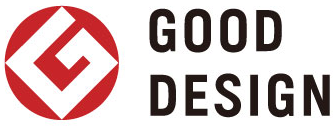

02
Impeccable Configuration Created by Asymmetry
Inside the world’s smallest body is the world’s first and world’s best technologies. Various curvatures outlined by the casing, panel sheet, sample stage, etc. are in perfect harmony that resonates functional beauty. The ultimate feature is the functionality that can be accomplished by the use of only two buttons. By eliminating all unnecessary extras and trimming down to the bare essentials, the construction that resembles the body like a trained boxer allows one to hold PAL in one hand and use only the thumb to calibrate and measure.
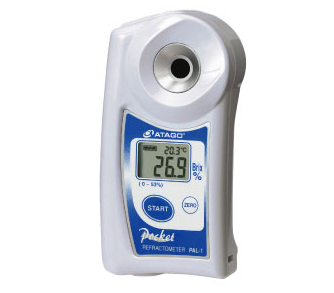

03
Unrestricted Use Regardless of Handedness,
Fitting in Your Palm to a Tee
Universal design for both hands. A design that offers flexibility to accommodate both right- or left-handed access that will make you want to use it every day. When it is in the palm of your hand, it gives an extraordinary comfortable fit. In the human hand, muscle, joint and bone collaborate in complexity in the movement. The underlining pursuit in this undeveloped instrument was that of user-friendliness. Using ergonomics as a baseline for appearance and external dimensions, it led to the beauty of golden ratio.
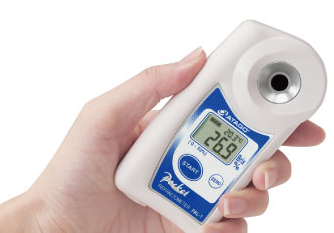

Development Story
From the beginning of its establishment, ATAGO had been manufacturing refractometers.
In 2003 the world’s smallest digital refractometer, PAL series, was released.
Its compact size was not just the result of simply making individual parts smaller.

PLAY
Ever since it was first released, the PAL-series had continually evolved with technological innovations for 15 years unrivaled by other companies.
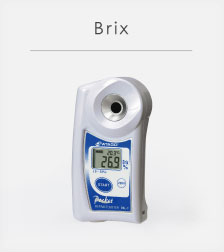

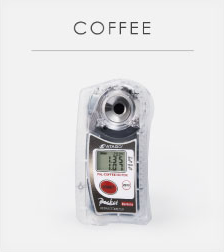
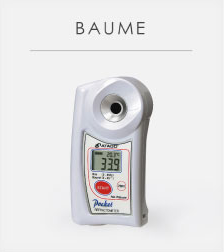
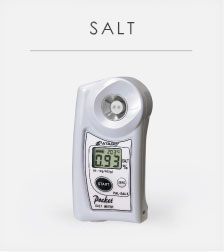
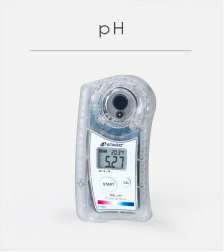

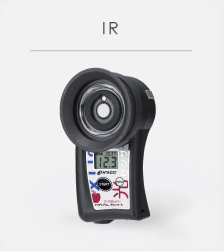
PAL’s Challenge
Expanding on the PAL series, we have developed products that use 4 different principles in a 5-year span. As the name PAL suggest, like a friend, new product such as the salt meter with titanium electrodes, the non-destructive HIKARi meter, the full flat sample stage pH meter, and the titanium integrated Brix acidity meter were developed and were further expanded upon.
From Acrylonitrile Butadiene Styrene (ABS) to Polybutylene Terephthalate (PBT)
It all started when an overseas chemical manufacturer commented, “When solvents are measured year after year, the ABS housing does not hold up well. We end up needing to buy another one to replace it. We wish it could withstand solvents better.” From this request, housings made of PBT that can withstands corrosion better was developed and released to the world of chemicals.
SUS 316L Wetted Surfaces
When metal injection molding (MIM) of SUS became possible in 2015, the original chrome-plated sample stage was replaced by SUS316L offering better corrosion resistance against various media.
Persistence to Resolve the 0.2mm Difference
The 0.2mm was once the limitation posed by chrome plated sample stage made with die castings. By changing the material to SUS316L, we were able to fully flatten the 0.2mm of unevenness at the junction of the sample stage and prism. Not only did this improvement allow the users to easily wipe their samples, but it also prevented samples from accumulating around the prism edges increasingly enhancing usability and sanitation.
Pursuant of Functional Elegance and Applied Beauty
With the advancement of 3D CAD technology around the world, the intricate trimline of die and mold which makes the exquisite appearance of PAL casings became possible. In accordance with technologies around the world, ATAGO incorporates the latest technology in the pursuit of beauty and usability.
10 Years of Research
The battery caps are the lifeline that ensures the IP (or “International Protection”) ratings of 65. With 10 years of extensive research in pursuit of improving waterproofness and user experience, the battery caps have evolved to the shape it is today.
Using it After Dark
The backlight was added to the liquid crystal display (LCD) in response to customers requesting the ability to measure concentration of anti-icing agents in the dark. The evolved PAL allows users to clearly see measurement result even in the dark winter roads.




